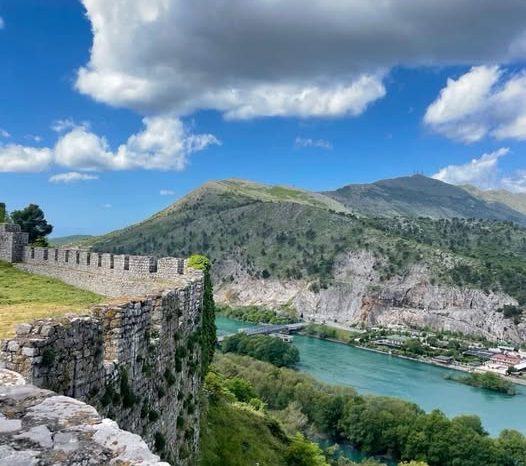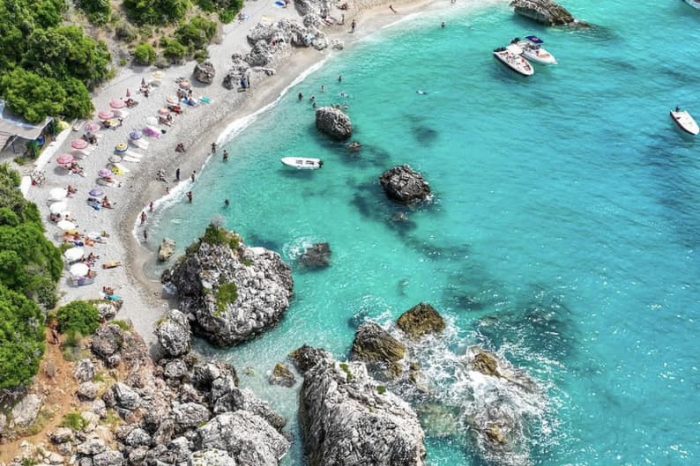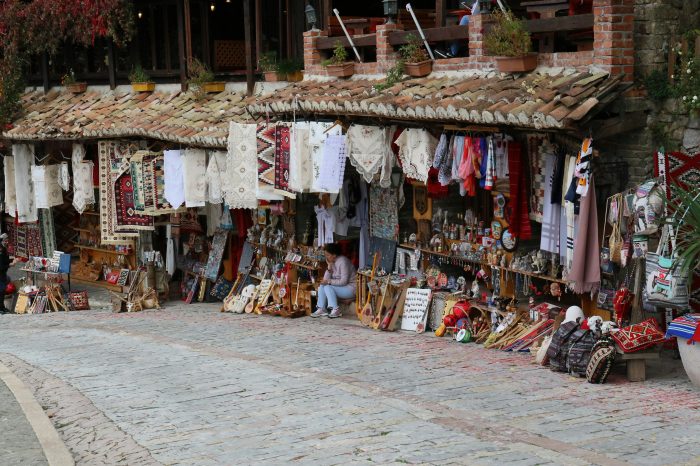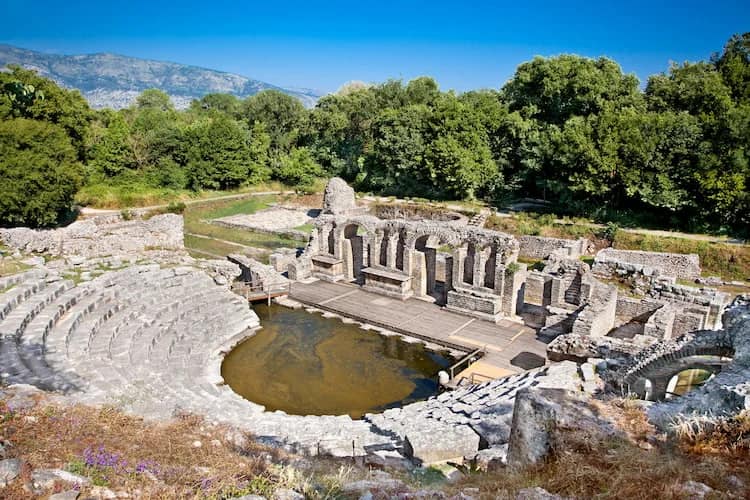Butrint
Related Tours


Discover Butrint: Where Ancient Myths Meet Albanian Heritage🏛️🌿
Located in the southern heart of Albania, near the Ionian coast, Butrint stands as one of the country’s most important archaeological treasures. Recognized as a UNESCO World Heritage Site since 1992, Butrint is not only a symbol of Albania’s rich history but also an emblem of its cultural resilience. Over 2,500 years of continuous occupation make Butrint a remarkable window into the evolution of this ancient land.
A Foundation in Myth and Legend 🏺:
The history of Butrint is steeped in myth and legend, beginning with Greek mythology. According to ancient texts, the hero Aeneas, who fled the burning city of Troy, is said to have founded Butrint as he journeyed to establish a new homeland. This legendary origin lends the city its name, Butrint, which is thought to derive from the tragic myth of Butros—a central figure in the city’s founding myth.
However, the true history of Butrint begins in the 4th century BC, when Greek settlers established the city as Buthrotum. This early settlement marked the beginning of Butrint’s significant role in shaping not just Albania’s, but also the wider Balkan region’s, cultural and economic development.
Roman and Byzantine Influence 🏰⚔️:
As the centuries passed, Butrint’s importance grew, especially under the control of the Roman Empire. By the 1st century BC, the city had become a thriving port and trading hub on the Adriatic. The Romans left behind remarkable structures, including a well-preserved theater, baths, and temples, which still stand as testaments to their architectural and engineering skills.
The Byzantine era, beginning in the 5th century AD, further shaped Butrint’s cultural landscape. Under Byzantine rule, the city became a center for the spread of Christianity in Albania and the wider region. The Byzantine basilica with its mosaics, still visible today, is one of the finest examples of early Christian art and architecture in Albania.
Decline and Legacy 🏰📜:
As time passed, Butrint gradually lost its prominence. During the Middle Ages, the city began to decline due to changing trade routes and external threats. Despite this, Butrint remained a symbolic site of resilience. The Ottoman Empire arrived in the region in the late 15th century, and Butrint was incorporated into their holdings. Yet, the once-thriving city never regained its former significance under Ottoman rule.
Still, its ancient walls, fortress structures, and the ruins of its grand buildings remain a reminder of Butrint’s historic importance. The legacy of Butrint is as much a part of Albanian identity as any other landmark, serving as a connection to the ancient civilizations that shaped the foundations of modern Albania.
Butrint Today: A Living Museum of Albanian Heritage 🏛️🌍:
In modern times, Butrint is a national treasure. The Greece-Roman ruins, the Byzantine basilica, and the fortress walls now lie within a national park, preserving the essence of Albania’s ancient heritage. Visitors are invited to explore its rich history, where each structure reflects a different chapter of the city’s evolution, from its Greek origins to Roman grandeur and Byzantine splendor.
Butrint is much more than just an archaeological site—it is a symbol of Albania’s rich cultural heritage, a living testament to the country’s deep history. The site’s natural beauty, surrounded by lush wetlands and forests, only adds to its mystical allure.
Share this tourContact Info
+355 68 349 0500
[email protected]
Tirana, Albania





